Award-Winning Images Of Really Tiny Things On Earth
Igor Siwanowicz, a neurobiologist, took first place with this picture showing the open trap of an aquatic carnivorous plant known as the humped bladderwort. You can see several single-celled green algae inside the plant.

Dorit Hockman from the University of Oxford took this image of a black mastiff bat embryo. The bat is at the "peek-a-boo" stage when its wings have grown to cover its eyes.

Igor Siwanowicz also took third prize for a composite image showing a collection of single-cell fresh water algae, called desmids.
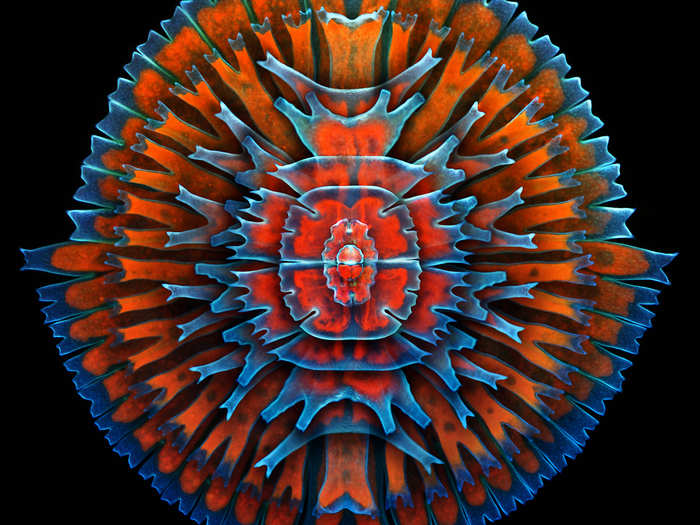
Spike Walker from Staffordshire, England, won fourth prize for this image. It shows a stained cross-section of a lily flower bud.
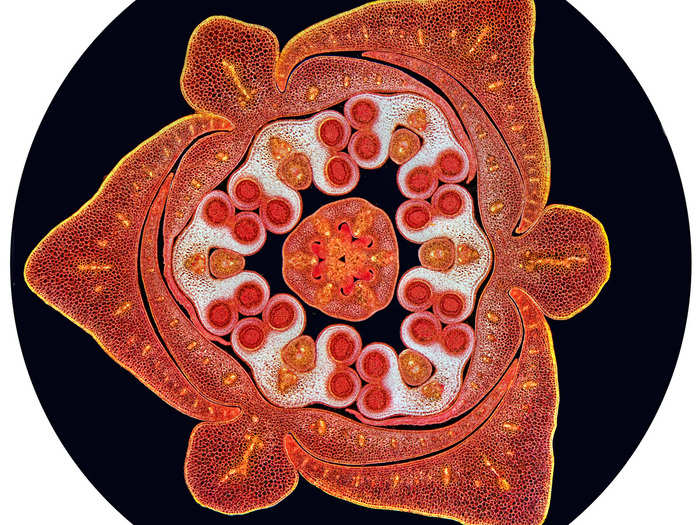
Dylan Burnette from the National Institutes of Health took fifth prize for an image of mouse embryonic fibroblasts stained to show the active filaments in red and DNA in blue. The image also shows the insides of mitochondria, the cells' energy-making machine.
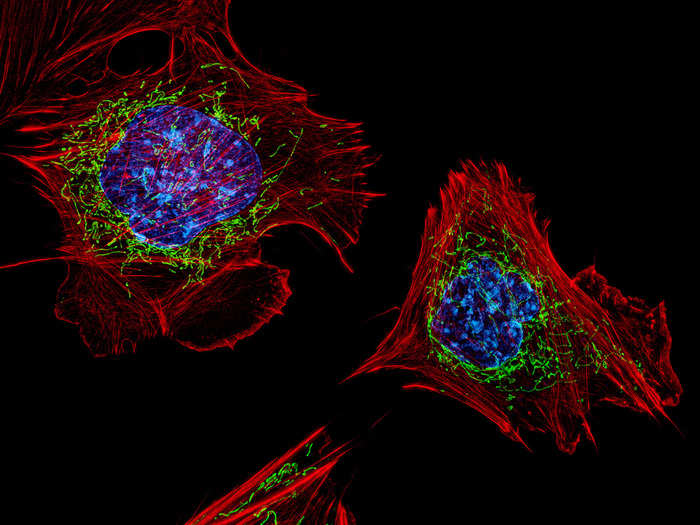
An image by Kurt Wirz from Switzerland shows box bugs that are just two hours old. They are only 3 millimeters (.12 inches) in size.
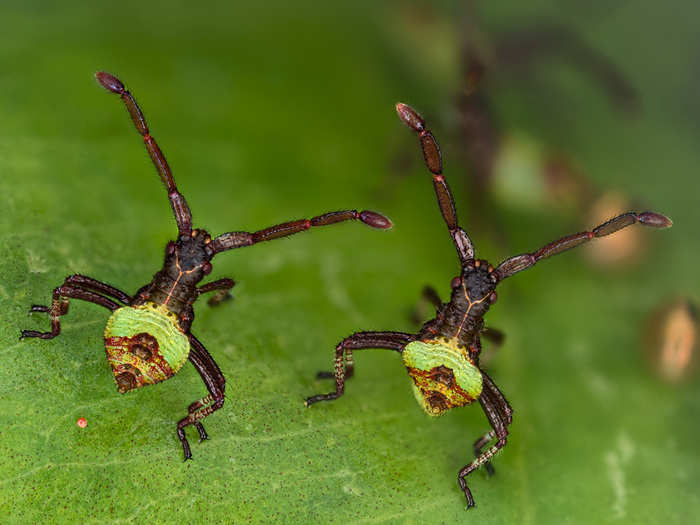
Charles Krebs' image of a phantom midge larva, also called a glassworm, came in seventh. The muscles of the body, usually clear and colorless, are made visible by specialized illumination.
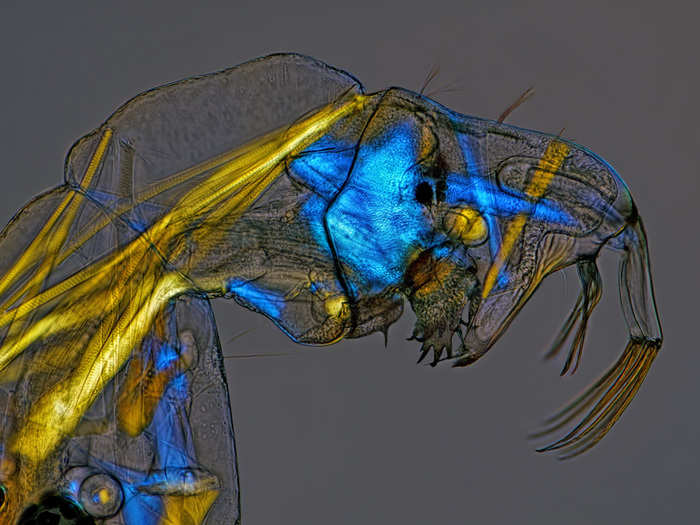
Yaron Fuchs got eighth prize for this stained image of mouse tails. K15, the hair follicle stem cell marker, is green, and Ki67, which marks proliferating cells, is red. Nuclei are marked in blue.
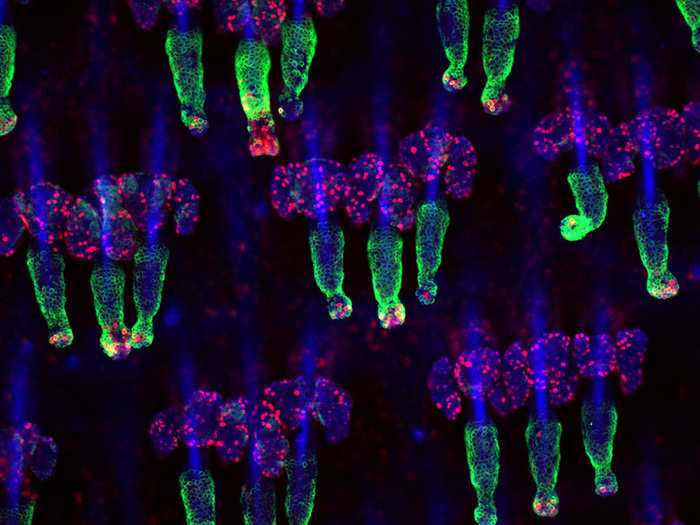
The head and legs of a caddisfly larva is seen in this image by Fabrice Parais, which won ninth prize. The caddisfly comes from a European and North American genus of insects whose larvae live in fresh water, in gravel, stones, or sand. This larva dies if water is dirty, and is therefore a good indicator of water quality.
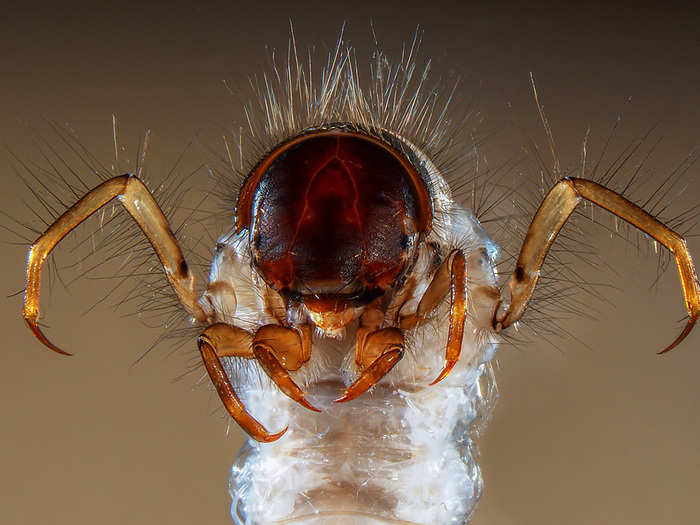
Ralph Grimm won tenth prize for this video of a paramecium, which lives in fresh water. The excess water it takes in through osmosis is collected into two contractile vacuoles, one at each end, which swell and expel water through an opening in the cell membrane. The sweeping motion of the hairlike cilia helps the single-celled organism move.

Popular Right Now
Advertisement
